The ‘de la frontera’ towns were in the no mans land between the Emirate of Granada and the Christian lands in Andalucia
By Nick Nutter | Updated 29 Sep 2022 | Andalucia | History |
Login to add to YOUR Favourites or Read Later
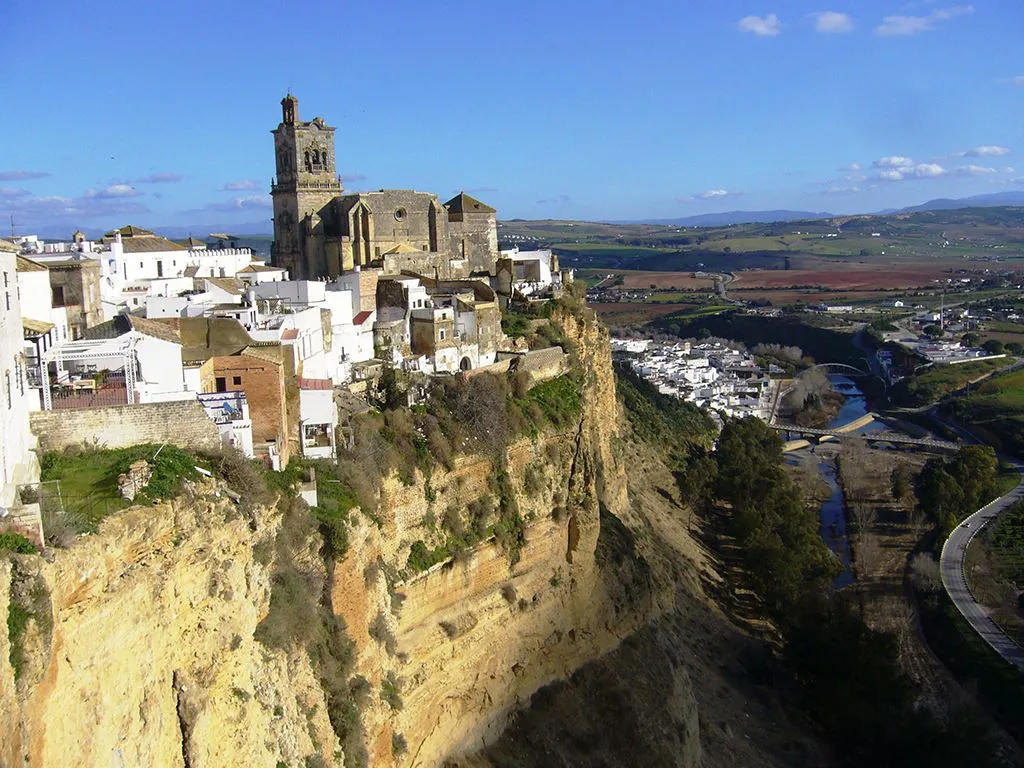
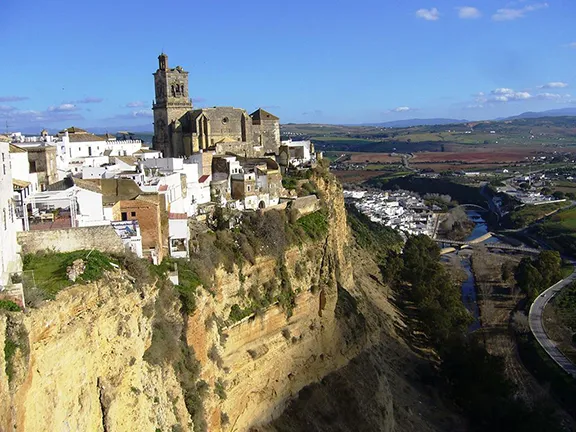
Arcos de la Frontera
Cádiz province has seven, Huelva has two, Córdoba, Málaga, and Seville only have one each and Almería, Granada and Jaén have none, to what am I referring?
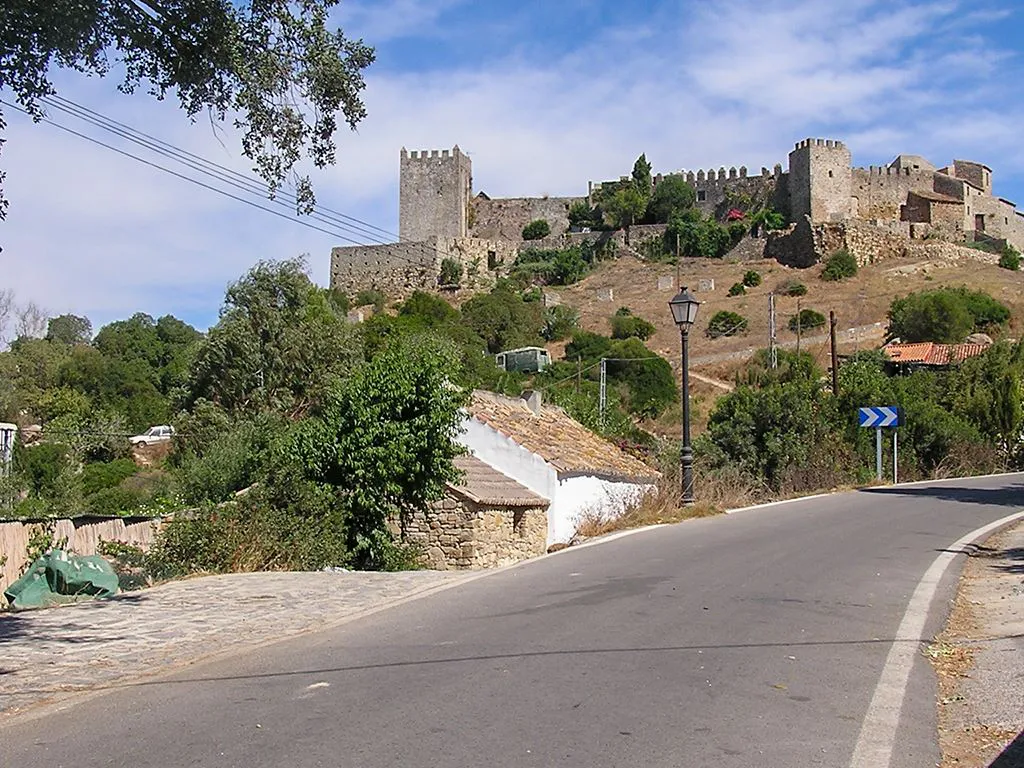
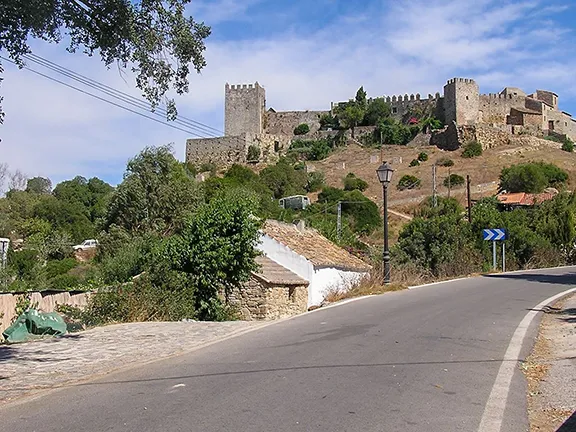
Castellar de la Frontera
The answer is; towns with the suffix ‘de la frontera’, that translates to ‘of the frontier’. Strangely enough none of the ‘de la frontera’ towns are anywhere near a frontier with another province, never mind another country, so what is it all about?
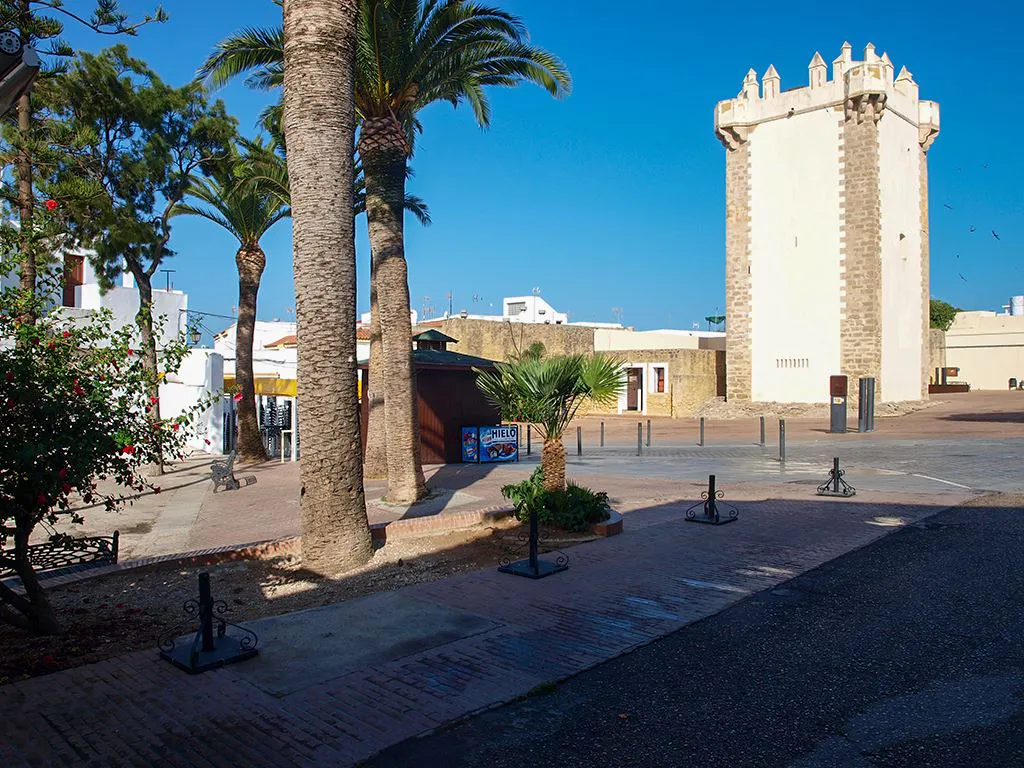
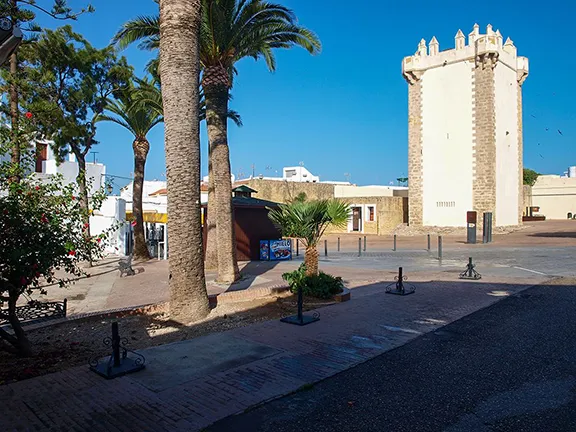
Conil de la Frontera
The Muslims had taken over most of the Iberian peninsula in the 8th century. They called their country al-Andalus. For much of the following five hundred years, until the 13th century, Christian forces from the north had pushed the Muslim forces south. By 1248, al-Andalus was reduced to the present-day province of Granada, and parts of the provinces of Jaén, Almería, Málaga and Cádiz, collectively known as the Emirate of Granada.
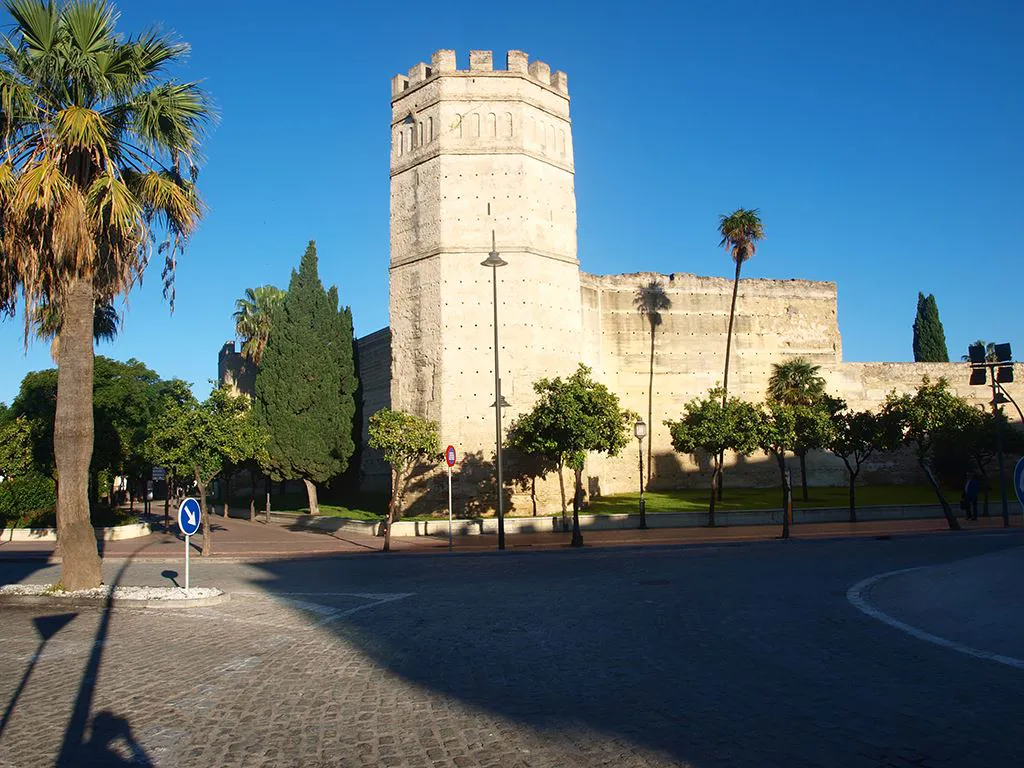
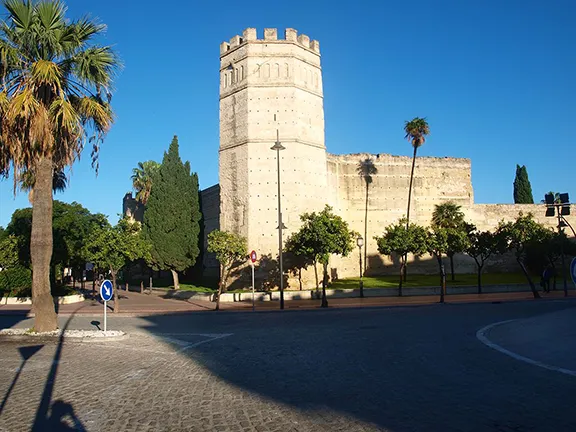
Jerez de la Frontera
In the early 13th century, the Christian forces, led by Ferdinand III of Castile-León and his ally, James I of Aragón, ran out of steam and the Christian advance ground to a halt. For the next two hundred years or so, what may best be described as an uneasy and often turbulent peace descended on the Emirate of Granada and the Christian territories to the north and east. It was a peace however, that was not always enjoyed by the towns that found themselves on the border between the Christian territory and the Emirate of Granada.
Those towns stood sentinel over a ‘no man’s land’, officially called ‘Terra Nullius’, unclaimed space between the territories occupied by the Christians and those occupied by the Muslims.
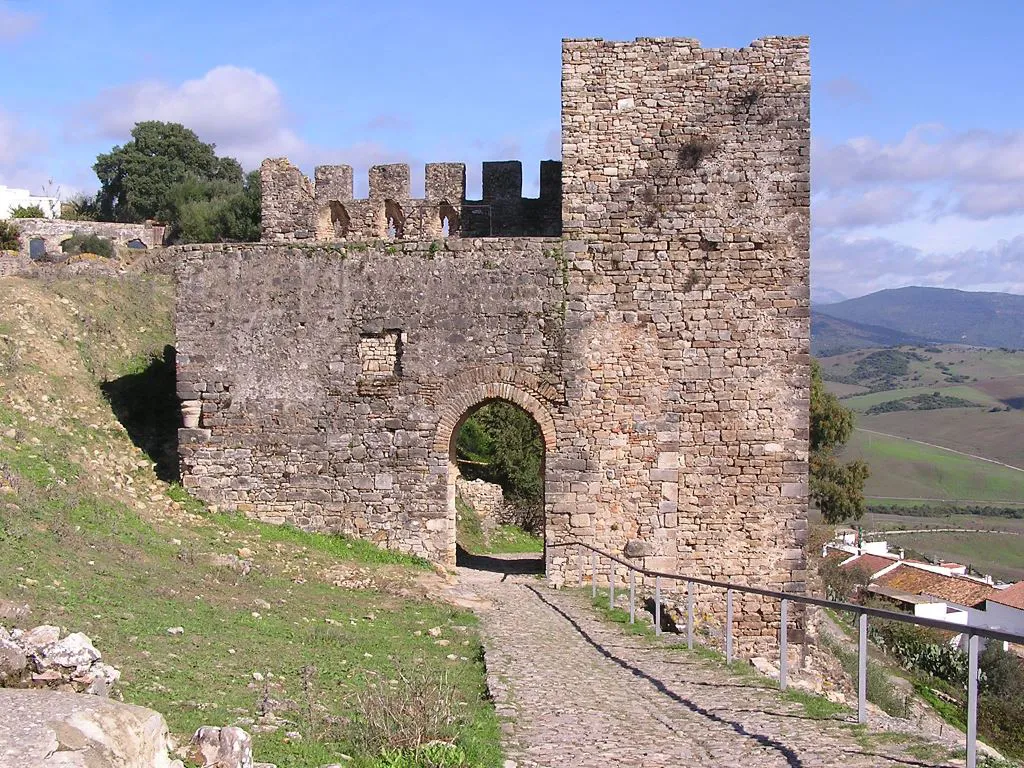
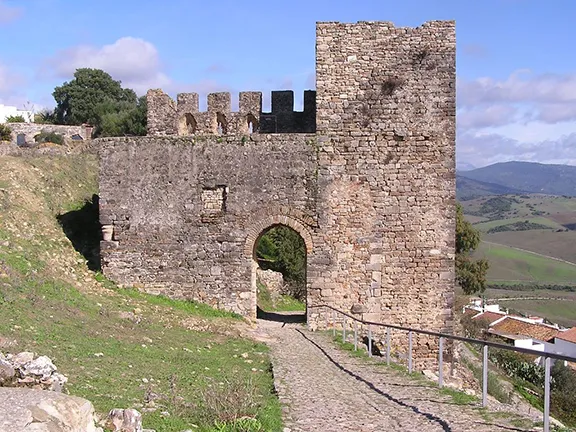
Jimena de la Frontera
Terra Nullius was the place to go to make your fortune. Smugglers carried contraband from the Middle East, via the Emirate, into Christian territories. Both sides had goods to barter. Students made their way across the frontier to attend the university towns of Seville, Córdoba and Granada. Architects, scientists and doctors crossed into Christian lands and spread out through Europe. Soldiers of fortune made incursions into the frontier territories from both sides, to capture hostages and slaves and carry off as much booty as they could manage. Religious orders took sides and there were jihads in the 13th century and crusades during the 14th. It was, for more than two centuries, the European border between Christianity and Islam. For better or worse, it kept alive in both territories the spirit of the Christian crusade and the Islamic jihad together with the chivalric ideal, already anachronistic in other European territories.
Terra Nullius had great military, political, economic, religious and cultural importance and the principle towns within Terra Nullius gained the suffix ‘de la frontera’.
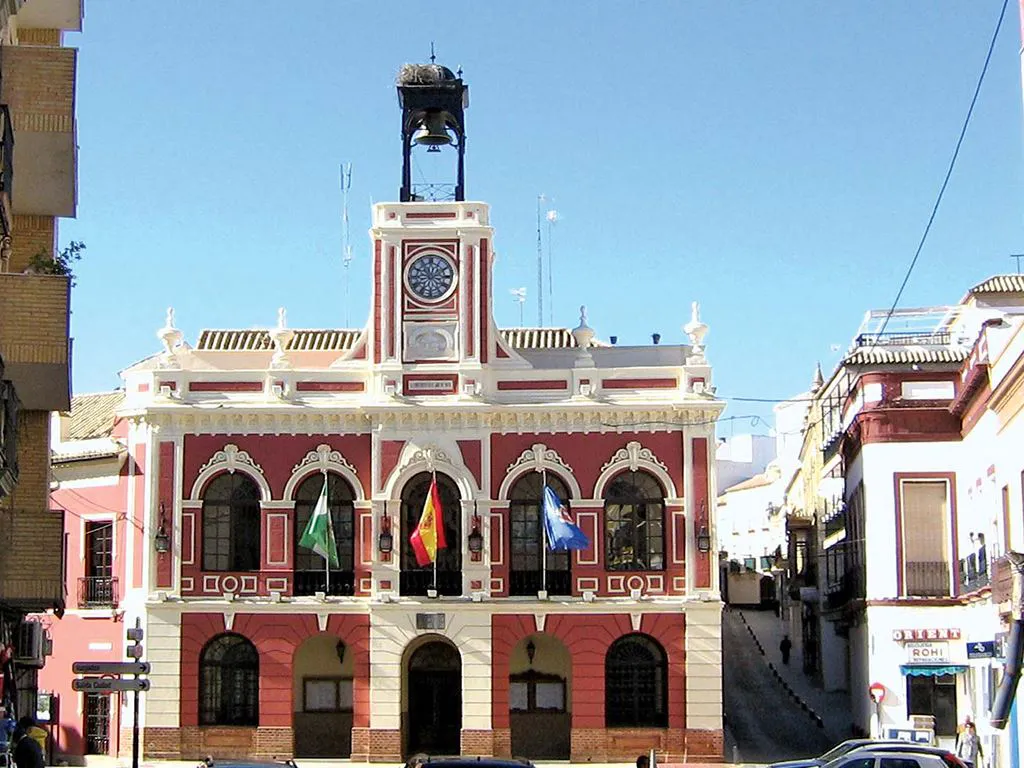
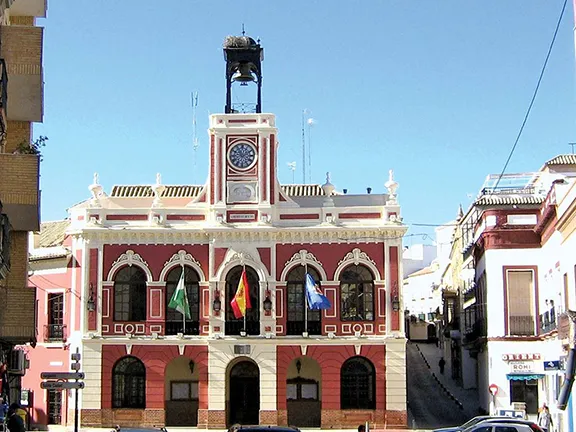
Moron de la Frontera
Most of the ‘de la frontera’ towns are, even today, small towns. Between the 13th and 15th centuries they would have been little more than villages. The exception is Jerez de la Frontera that, even in the 13th century was a sizeable and important place, famous for its horses and wine. The Muslims called the town ‘Sherish’ and endowed it with a magnificent Alcazar, or fortress, in the 11th century. It was just as well. The surrounding lands were conquered by Christians in 1248 but the Alcazar managed to hold out until 1264 and Sherish became Jerez de la Frontera.
All the ‘de la frontera’ towns are on the western, north western and northern borders of the Emirate of Granada, so, what happened on the northeast and eastern borders?
Here the geography is much different, the terrain is far more inhospitable, mountainous to the northeast and arid desert with mountains to the east. The Muslims defended this border with dozens, if not hundreds of castles, watchtowers and fortified towns. Jaén province has the highest concentration of towers and castles in Spain and just about wherever you are in eastern Almería, you can see a watchtower.
The closest example of a ‘frontier town’ in those regions is Puerto Lumbreras, a Christian stronghold on the Murcia plain opposite the heavily defended Muslim occupied Huercal Overa in Almería province. Puerto Lumberas is over 30 kilometres from the sea and over 460 metres above sea level, so hardly a port. The name refers to its role as a gateway from Christian lands into Islamic territory. There are in fact ten landlocked ‘ports’ in Andalucia but that is a story for another day.
So, there you have it, the story of how some towns in Andalucia gained the suffix ‘de la frontera’. For those who like to know these things, here is the list, by province, of the ‘de la frontera’ towns.
Cádiz province: Arcos, Castellar, Chiclana, Conil, Jerez, Jimena, Vejer
Córdoba province: Aguilar
Huelva province: Palos, Rosal
Málaga province: Cortes
Seville province: Morón